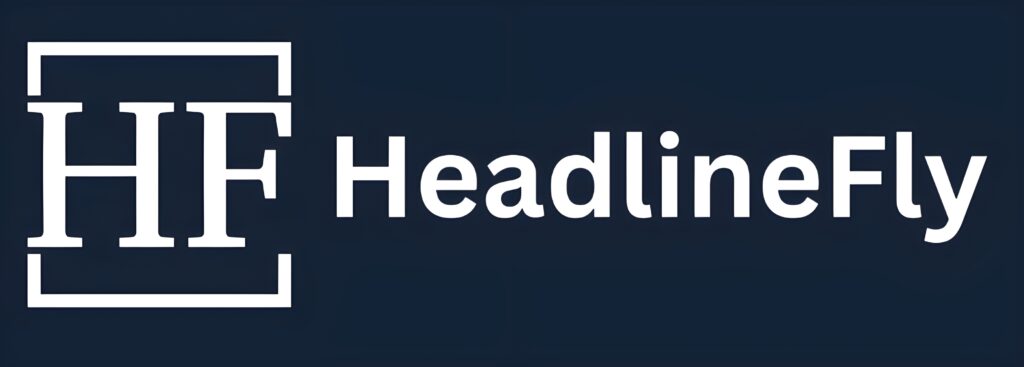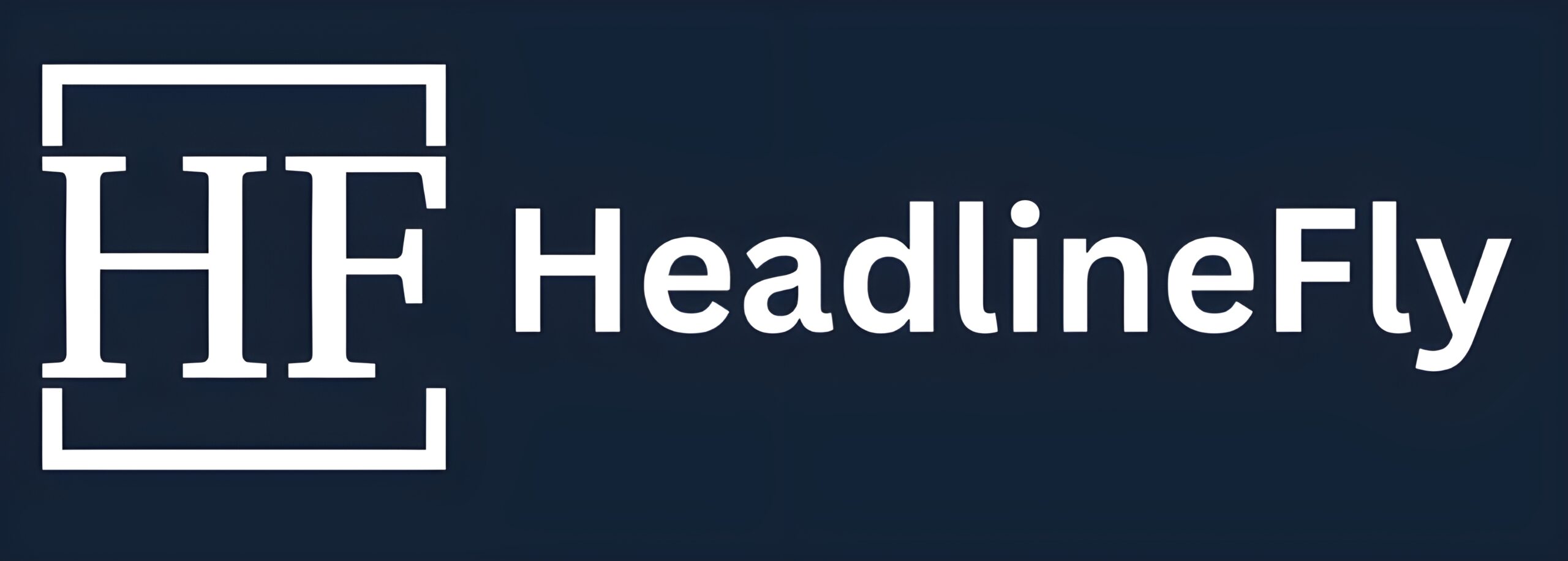On June 29, preliminary final results showed that reformist lawmaker Masud Pezeshkian and hard-liner Saeed Jalili will head to a second-round, run-off vote in Iran’s presidential election. Mohsen Eslami, a spokesman for Iran’s election commission, said in comments on state TV on June 29 that the two candidates will face off on July 5, with Pezeshkian garnering 42.5 percent of ballots cast, and Jalili 38.6 percent. The voter turnout reached only 40 percent, a record low. The early election was called after the death of President Ebrahim Raisi, who was killed in May in a helicopter crash along with several other top officials. All four candidates were vetted and approved by the Guardians Council, an unelected constitutional watchdog whose members are directly and indirectly appointed by Supreme Leader Ayatollah Ali Khamenei.
The results knocked out of the race two other candidates: Mohammad Baqer Qalibaf, a conservative speaker of parliament, and Mostafa Purmohammadi, a former justice and interior minister. The outcome of the election is unlikely to result in major policy shifts, but it could affect the succession to 85-year-old Khamenei, who has been the country’s supreme leader since 1989. Last-ditch efforts to rally behind a consensus conservative candidate failed on the eve of the election, with neither Qalibaf nor Jalili willing to drop out in favor of the other.
Conservatives have expressed concern that the lack of unity could split the vote to the benefit of reformist Pezeshkian, who has been a member of parliament since 2008. He served as deputy speaker from 2016 to 2020, when moderates and reformists had a majority in the legislature. Pezeshkian led the field of four candidates in the first round of Iran’s presidential election on June 28, taking 42.5 percent of the vote. He will face ultraconservative Saeed Jalili in a second-round run-off on July 5.






